
The Main Road at Camp Jackson, 1917 | History of SC Slide Collection
Episode
4
Photo
The main road at Camp Jackson, 1917. Courtesy of the Howard G. Woody Postcard Collection.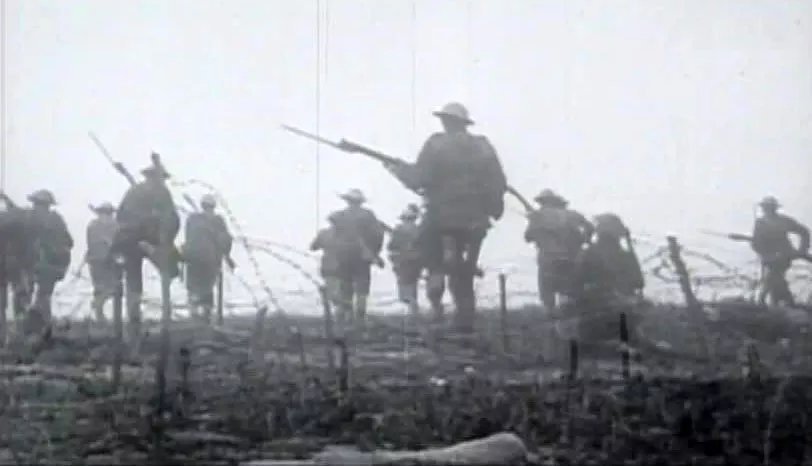

Photo
The main road at Camp Jackson, 1917. Courtesy of the Howard G. Woody Postcard Collection.
Photo
African-American recruits served honorably in World War I in segregated units. This unknown young man posed, wearing his uniform, for Columbia photographer Richard S. Roberts, around 1920. Courtesy of...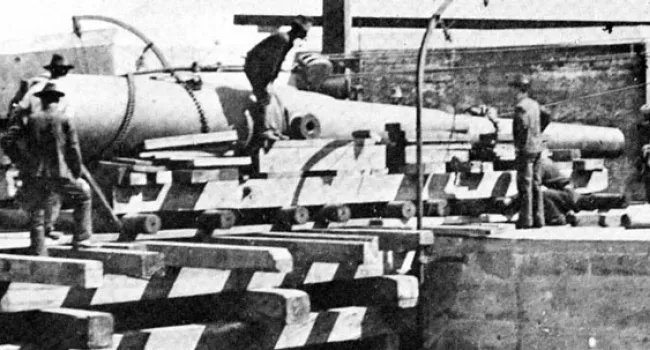
Photo
Although this photograph of Battery Jasper, located several hundred yards east of Fort Moultrie, was taken in the late 1890s, it shows the construction of the coastal defense system around the fort...
Photo
The outbreak of World War I in Europe in 1914 at first did not seem to involve Americans. President Woodrow Wilson, who had spent part of his boyhood in Columbia, promised to keep the U.S. out of the...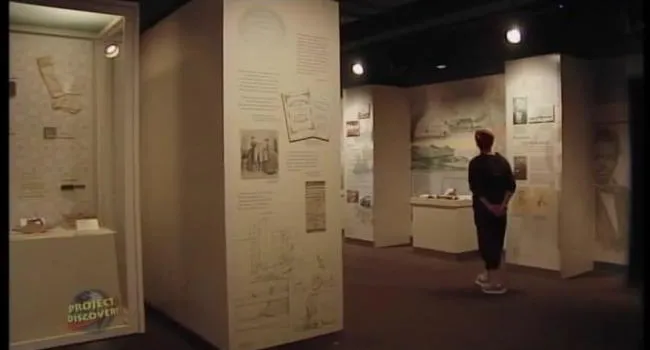
Video
This segment provides information on the Confederate Relic Room and answers a question about women who served in the Civil War. The definition of the word "relic" is provided, and information about...
Video
A group of Columbia businessmen met one afternoon, raised the money, bought the acreage, and made a gift to the federal government of the land on which the camp was to be built. On June 2, 1917, Camp...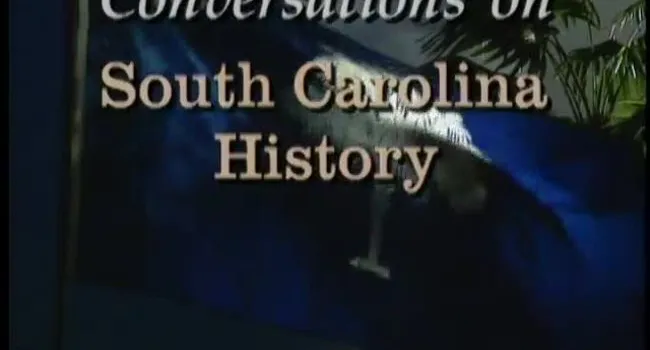
Video
Noted South Carolina historian Dr. Walter Edgar discusses the key issues in SC History. South Carolina Enters the 20th Century, Part2 is discussed in two lessons: South Carolina – Major Role in World...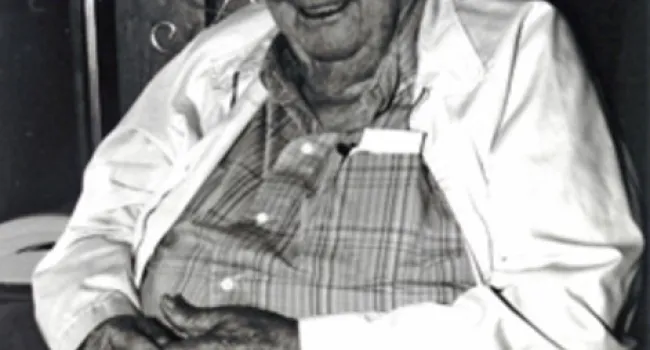
Audio
Kinard on his experiences in the Army in World War I.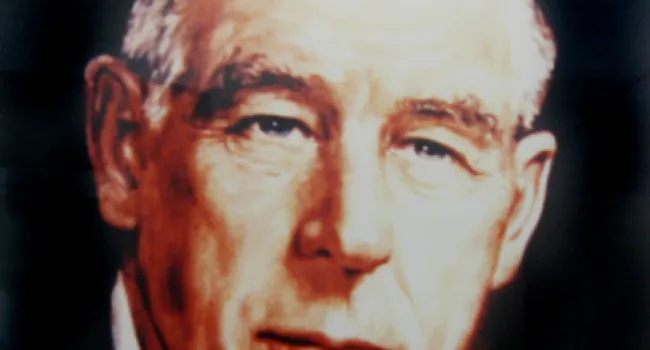
Video
"There's no such thing as bad publicity..." This remark, attributed to Irish playwright Brendan Behan, sums up the advertising philosophy of noted textile executive Elliott White Springs of Springs...
Video
Bernard Mannes Baruch was by all accounts one of the most famous and influential Americans of his era -- and certainly one of the wealthiest. Born in South Carolina in 1870, Baruch was a governor of...